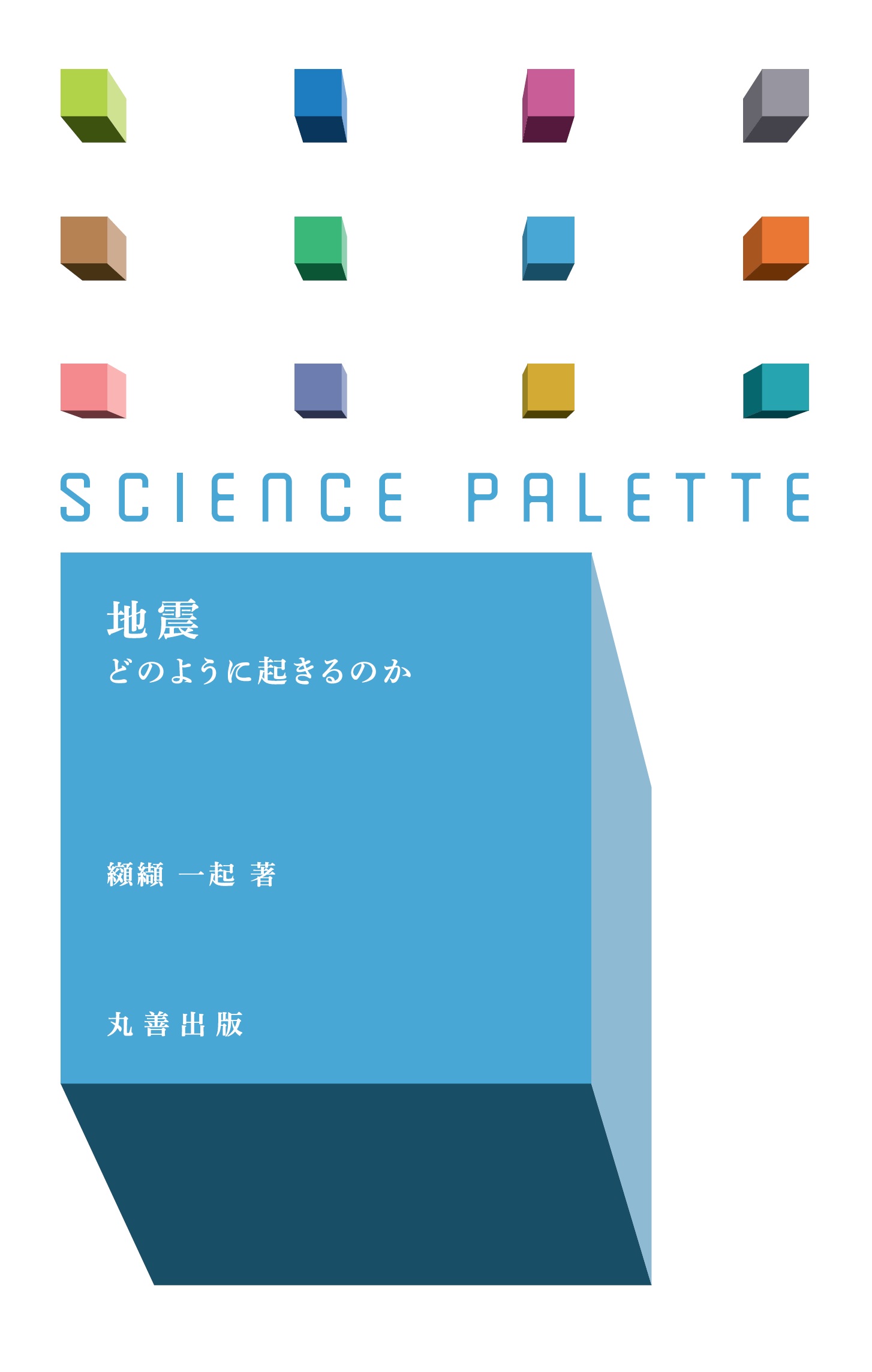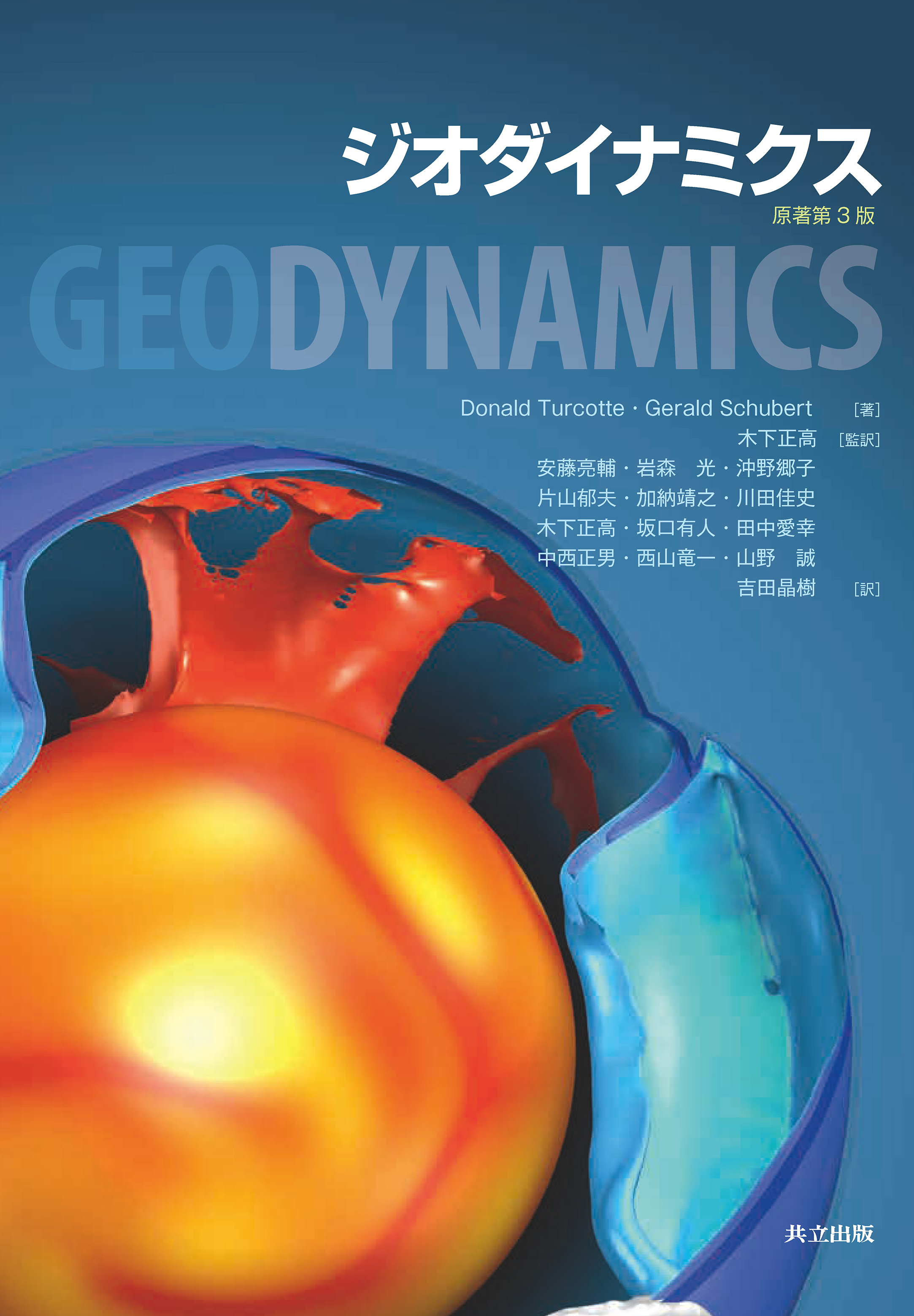
Title
Science Palette 036 Jishin (Earthquakes - How do they happen?)
Size
146 pages, 174x112mm
Language
Japanese
Released
May, 2020
ISBN
978-4-621-30509-6
Published by
Maruzen Publishing
Book Info
See Book Availability at Library
Japanese Page
The Science Palette series is a collection of pocket-size introductory primers, largely comprised of translations of books in the “Very Short Introductions” series from Oxford University Press. However, entirely new entries are also being gradually added to the series and the current title, an introduction to the topic of earthquakes, was a response to such a request. Upon receipt of the request, I looked at various writings in this area. It would appear as though the topic of earthquakes is of considerable interest in Japan, with many introductory books available for the public. There are also a number of titles directed at the non-specialist university students, and adults who are looking for a refresher on the topic, the same groups as targeted by the Science Palette series.
With this in mind, I worried about how to proceed with my own book and began to look at primer books in fields outside of the area of earthquakes. It was then that I happened upon “Understanding the General Theory of Relativity Step-by-step with Mathematical Formulas” (Toshiaki Ishii, Beret Science). On the publisher’s website, the book is introduced as follows: “‘The General Theory of Relativity’ (abridged) is not something that can be simply explained by writing about surface level concepts. There is no language other than mathematical formulas that can be used in explaining it.” Upon reading this explanation, I had an epiphany that led to the writing of this book.
In the modern context, the basis of earthquake is generally viewed as “double couples” that are represented by “focal mechanisms.” It is likely that both of these terms are unfamiliar to you. When a large earthquake occurs, the Japan Meteorological Agency will include in its press releases a graphic that looks like a beach ball (an example of this is seen in Figure 48 in this book). This is in fact a “double couple,” the directions of the shakings from the earthquake as represented on paper.
In other words, in order to understand modern-day information regarding earthquakes, it is pivotal to grasp the concepts that underpin present-day seismology. Furthermore, just as it was impossible to explain the general theory of relativity without using mathematical formulas, introductory books on earthquakes so far have used words to try to introduce the relevant topics; however, the explanations contained within them failed to provide an adequate breakdown of the topic. This book is directed at non-specialist university students and adults who are looking to refresh their knowledge of the area. It provides this breakdown while explaining precisely “how earthquakes occur.”
In order to understand the explanations in this book, it is necessary to have some knowledge of physics and mathematics (seismology is closer to physics than geology). I presume that non-specialist university students and adults looking to refresh their knowledge of earthquakes still possess a knowledge of the science and mathematics they learned in middle school and therefore, I only briefly touch on areas covered at this level of schooling. However, for concepts of physics and mathematics that are taught in high school and liberal arts courses at university, the requisite points are explained in greater detail and then the writings are proceeded.
At the end of the book, there is a richer bibliography and index than is common in this kind of pocket-sized primer. In addition, throughout the body of the text, a number is attached to relevant text in superscript that links to a relevant reference in the bibliography, while entries in the index are listed in gothic font.
(Written by KOKETSU Kazuki, Professor, Earthquake Research Institute / 2020)



 Find a book
Find a book


 eBook
eBook

